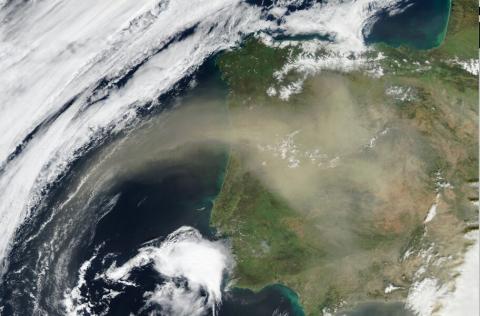What happens when NASA loses eyes on Earth? We’re about to find out.

Sometime in the next few years — no one knows exactly when — three NASA satellites, each one as heavy as an elephant, will go dark.
Already they are drifting, losing height bit by bit. They have been gazing down at the planet for over two decades, far longer than anyone expected, helping us forecast the weather, manage wildfires, monitor oil spills and more. But age is catching up to them, and soon they will send their last transmissions and begin their slow, final fall to Earth.
It's a moment scientists are dreading.
When the three orbiters — Terra, Aqua and Aura — are powered down, much of the data they've been collecting will end with them, and newer satellites won't pick up all of the slack. Researchers will either have to rely on alternate sources that might not meet their exact needs or seek workarounds to allow their records to continue.
With some...
- Log in to post comments
